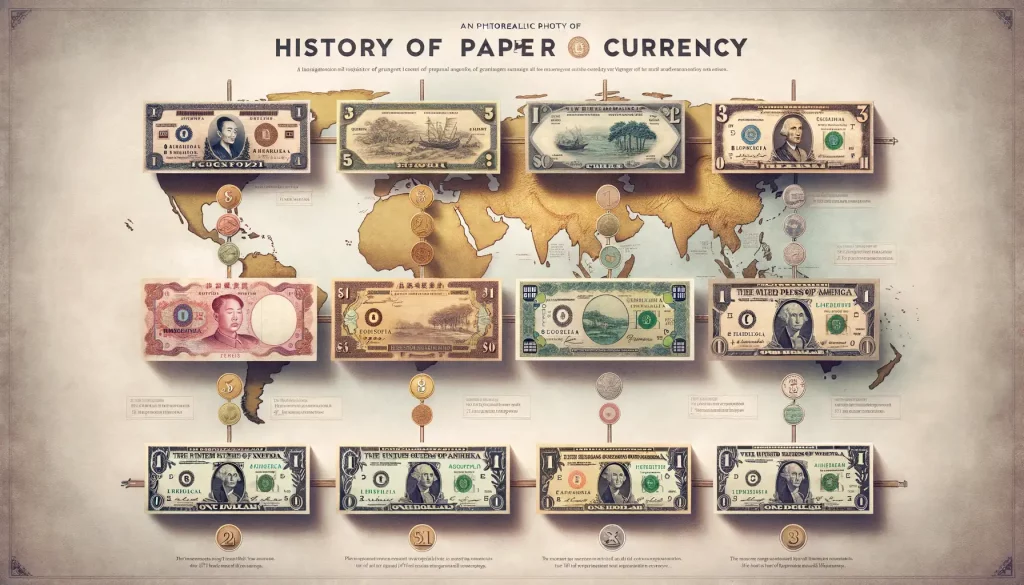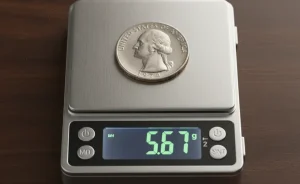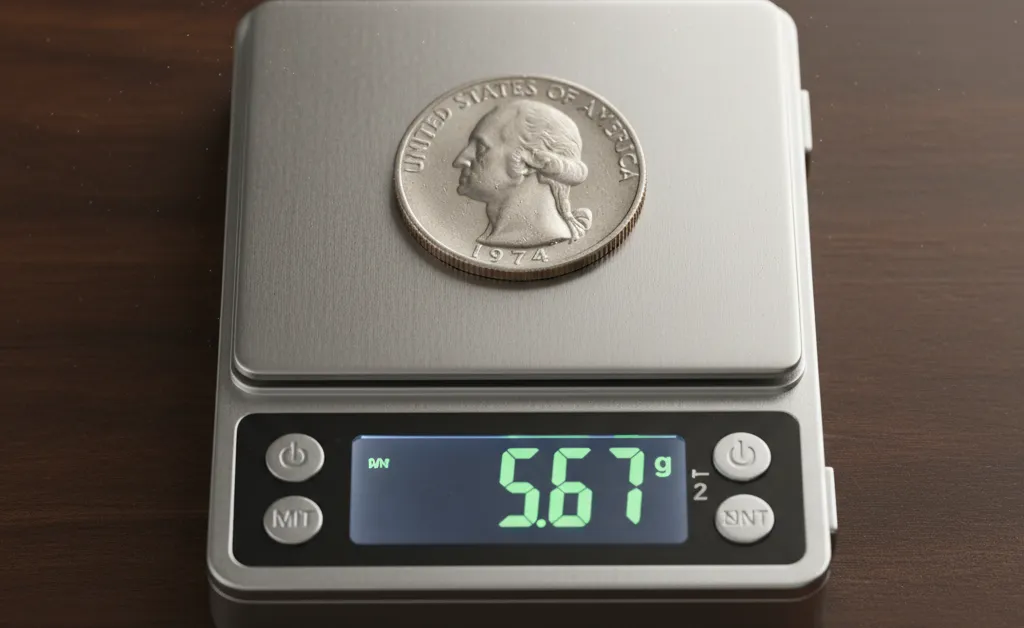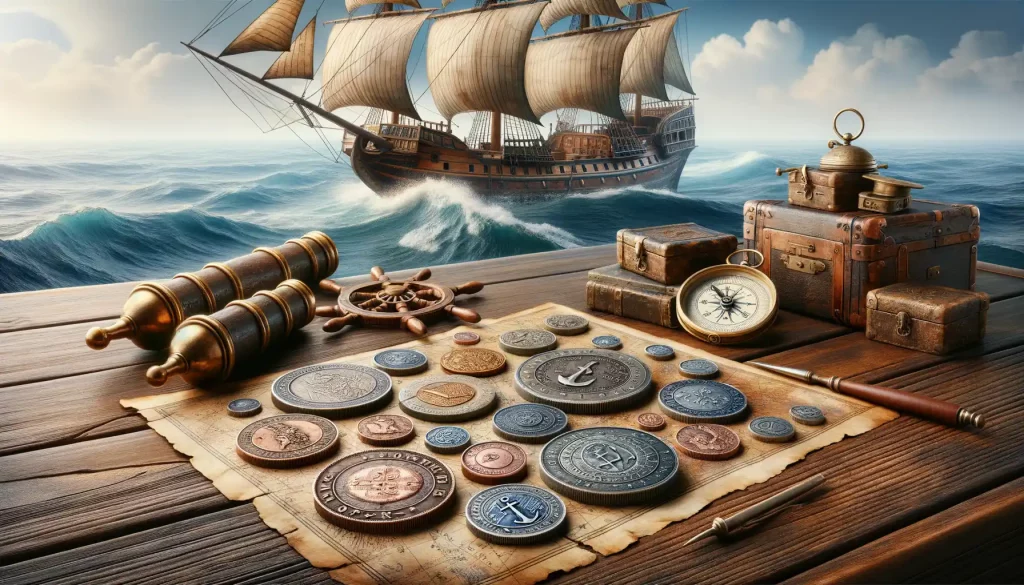Introduction to Paper Money Collecting
Why Paper Money is More Than Just Cash
Picture this: you’re holding a crisp, vividly colored banknote from a distant country, its intricate design telling stories of culture, history, and craftsmanship. That’s the magic of collecting paper money—it feels like traveling the globe without ever leaving your room. Each note isn’t just currency; it’s a portal to another era, another world.
Unlike coins, which can feel grounded in their metallic weight, paper money has an air of fragility and artistry. Take, for instance, a 19th-century Confederate bill or a rare polymer note from Fiji. The textures, fonts, and colors transport us to specific moments in time. And here’s the hook—each piece comes with its own tale to unveil, waiting for *you* to uncover it.
How Collecting Can Feel Like a Treasure Hunt
Starting your journey into paper money collecting feels a little like stepping into a treasure-filled labyrinth. Enthusiasts love chasing after rare pieces that stand out for their rarity, condition, or quirky misprints. Here’s what excites beginner and seasoned collectors alike:
- Error notes: Bills with printing mistakes, like upside-down serial numbers, are often prized gems.
- Commemorative issues: Special editions celebrating milestones in history or notable figures.
- Hyperinflation notes: Ever seen a Zimbabwean bill worth 100 trillion dollars? It tells an economic story like no other.
Whether it’s the hunt for pre-Civil War American currency or vibrant contemporary designs, every note feels like uncovering a tiny masterpiece. Isn’t it exhilarating to think these treasures could be hiding in plain sight at antique shops or online auctions?
History and Evolution of Paper Currency
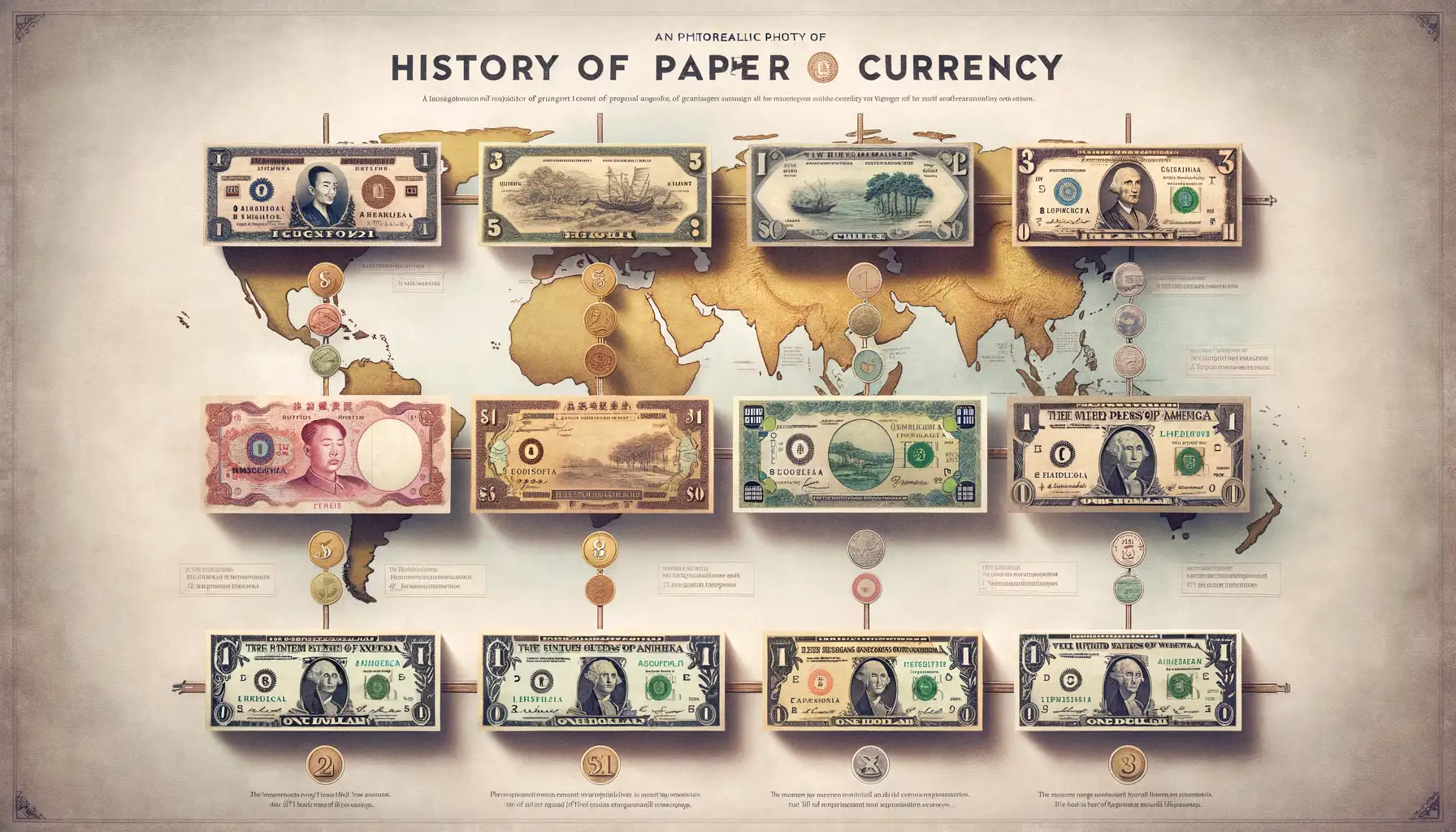
Where It All Began: The Birth of Paper Money
Imagine a world where every transaction involved lugging around gold coins or bartering goods. Sounds exhausting, right? Enter 7th-century China, where the ingenious Tang Dynasty planted the seed for paper currency. By the time the Song Dynasty rolled around in the 11th century, merchants were trading with “jiaozi,” the first government-backed, official paper notes. These weren’t just slips of paper—they were revolutionary! Lightweight, easy to carry, and a game-changer for global commerce.
From there, the idea spread like wildfire. By the 13th century, even *Marco Polo* was singing its praises, marveling at the Mongol Empire’s use of paper money during his travels. Fast forward, and Europe, initially skeptical, soon embraced banknotes in the 17th century with institutions like Sweden’s Stockholms Banco paving the way. Crazy to think that something born out of necessity turned into an art form and collector’s treasure over centuries!
Paper Notes as Symbols of Stories and Struggles
Each piece of paper currency carries a tale. Did you know the **Confederate States** issued their own banknotes during the American Civil War? Of course, they became worthless after the war, but today, they’re precious historical artifacts. And then there’s the iconic **hyperinflation-era Zimbabwean $100 trillion note**, a staggering reminder of economic turmoil.
What makes paper money so fascinating for collectors is its ability to freeze moments in time. When you hold a bill in your hands, you’re gripping history. You can see:
- **Leaders and heroes**, like Mahatma Gandhi on India’s rupees, reflecting a nation’s pride.
- **Art and culture**, such as Scotland’s polymer £10 note featuring poet Robert Burns.
- **Survival stories**, like Germany’s emergency notgeld notes used during World War I.
Every crease, color, and watermark whispers secrets from another era. Isn’t that something worth cherishing?
Key Benefits of Collecting Paper Money
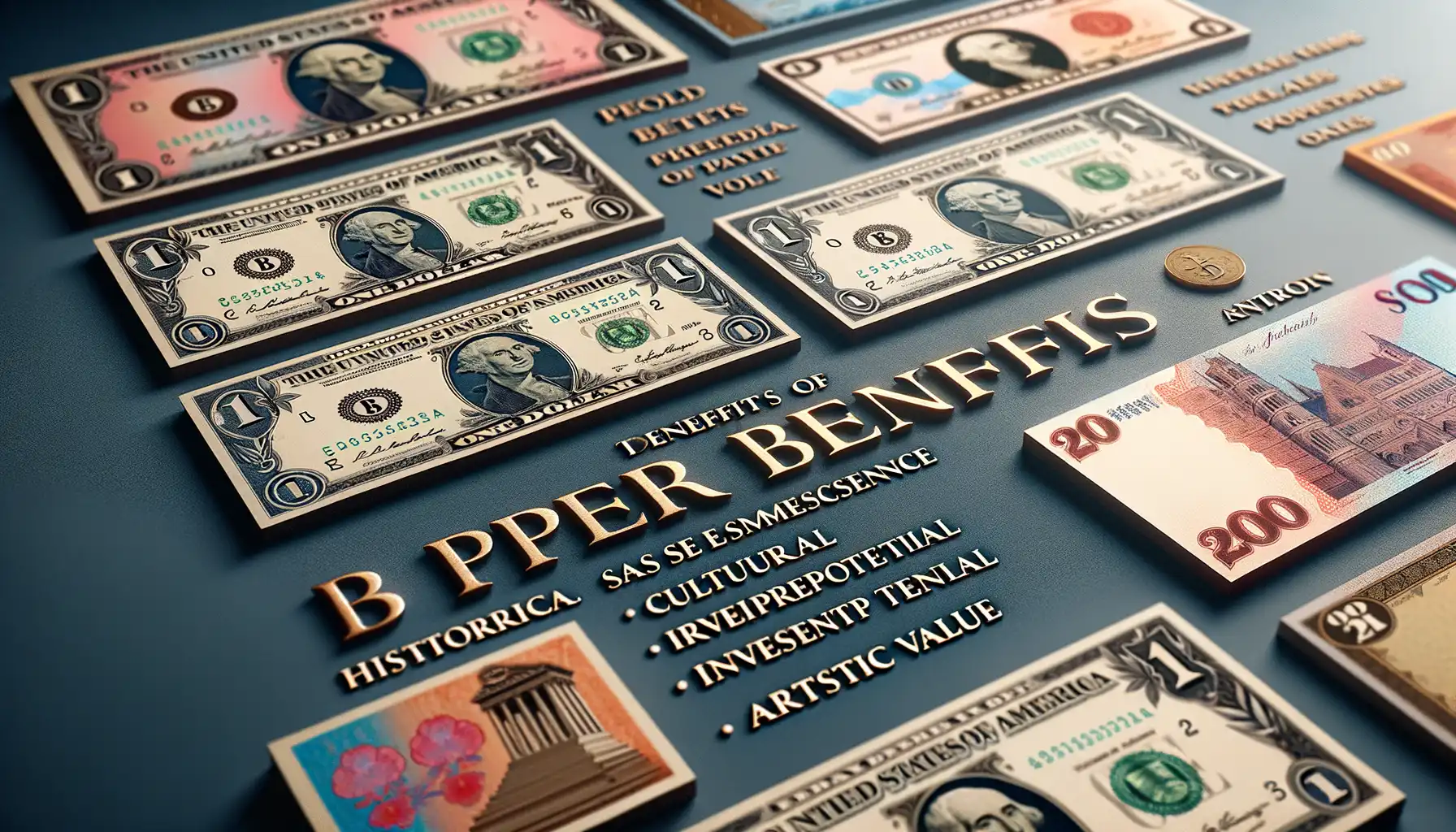
Discovering the Joys of Tangible History
Imagine holding a well-worn banknote that once traveled through bustling marketplaces or was tucked into someone’s pocket decades ago. Collecting paper money isn’t just about owning currency; it’s about being a steward of history. Each note tells a story. A rare Confederate dollar whispers secrets of a divided nation, while a vibrant 1960s Cuban peso reflects shifting politics and culture.
There’s something profoundly thrilling about seeing the intricate designs and bold colors of vintage notes. Unlike digital assets or coins, paper money often carries artwork so detailed, it feels like walking into an art gallery. The texture, the scent, the patina of age—it all makes this hobby irresistibly tactile.
More Than Just Collectibles: A Wealth of Benefits
For some, collecting becomes a financial adventure as certain notes grow in value over time, transforming your collection into a potential treasure chest. But it offers much more:
- Educational curiosity: You’ll uncover stories about economies, people, and even world events tied to each note.
- Travel without leaving home: Exposure to currencies from faraway lands connects you to different cultures and eras.
- A unique conversation starter: Few hobbies spark intrigue like showing off a 1923 German mark riddled with hyperinflation’s effects.
Ultimately, collecting paper money isn’t just a pastime—it’s a gateway to adventure, learning, and possibility.
Tips for Building a Paper Money Collection
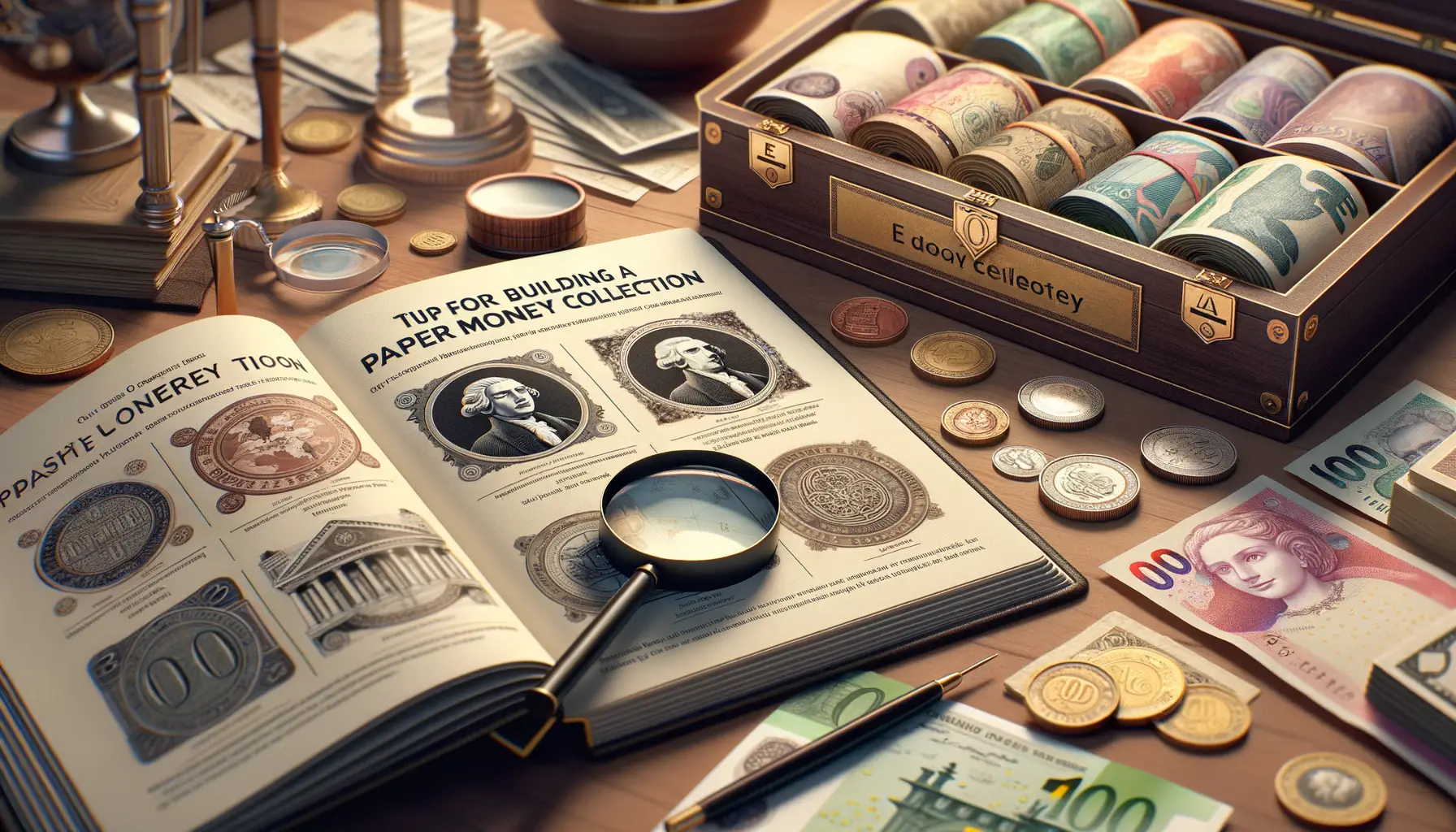
Where to Begin: Focus and Themes
Starting your journey into paper money collecting can feel like standing in a library filled with untold stories. The first step? Decide what intrigues you most. Are you drawn to the elegance of antique banknotes from the 19th century or the vibrant designs of modern currencies? Maybe you’d love to showcase banknotes featuring iconic figures like Gandhi or Lincoln. By narrowing your focus, you transform an overwhelming ocean of choices into a treasure map for discovery.
A good way to zero in is by picking a theme—such as specific countries, historical periods, or even artistic styles. For example, imagine a collection of notes with animals: Uganda’s gorillas, Canada’s loons, or Bhutan’s dragons. Doesn’t that sound like a global safari waiting to unfold?
- Set a budget: Whether you’re spending $10 or $1,000 per note, financial boundaries make it easier to build wisely.
- Research authenticity: Counterfeits are the bane of collectors; learning to spot them is a skill worth mastering!
Hunting Down Hidden Gems
Once you have a direction, the thrill of the hunt takes over. Local coin and currency fairs are rich hunting grounds where traders love to share their knowledge. Dive into online marketplaces like eBay, but tread carefully—look for sellers with stellar reviews and expert certifications. And don’t forget family treasures! That dusty shoebox in your attic could be hiding a beautifully worn banknote with a tale older than your great-grandparents.
Preserving, Storing, and Displaying Your Collection
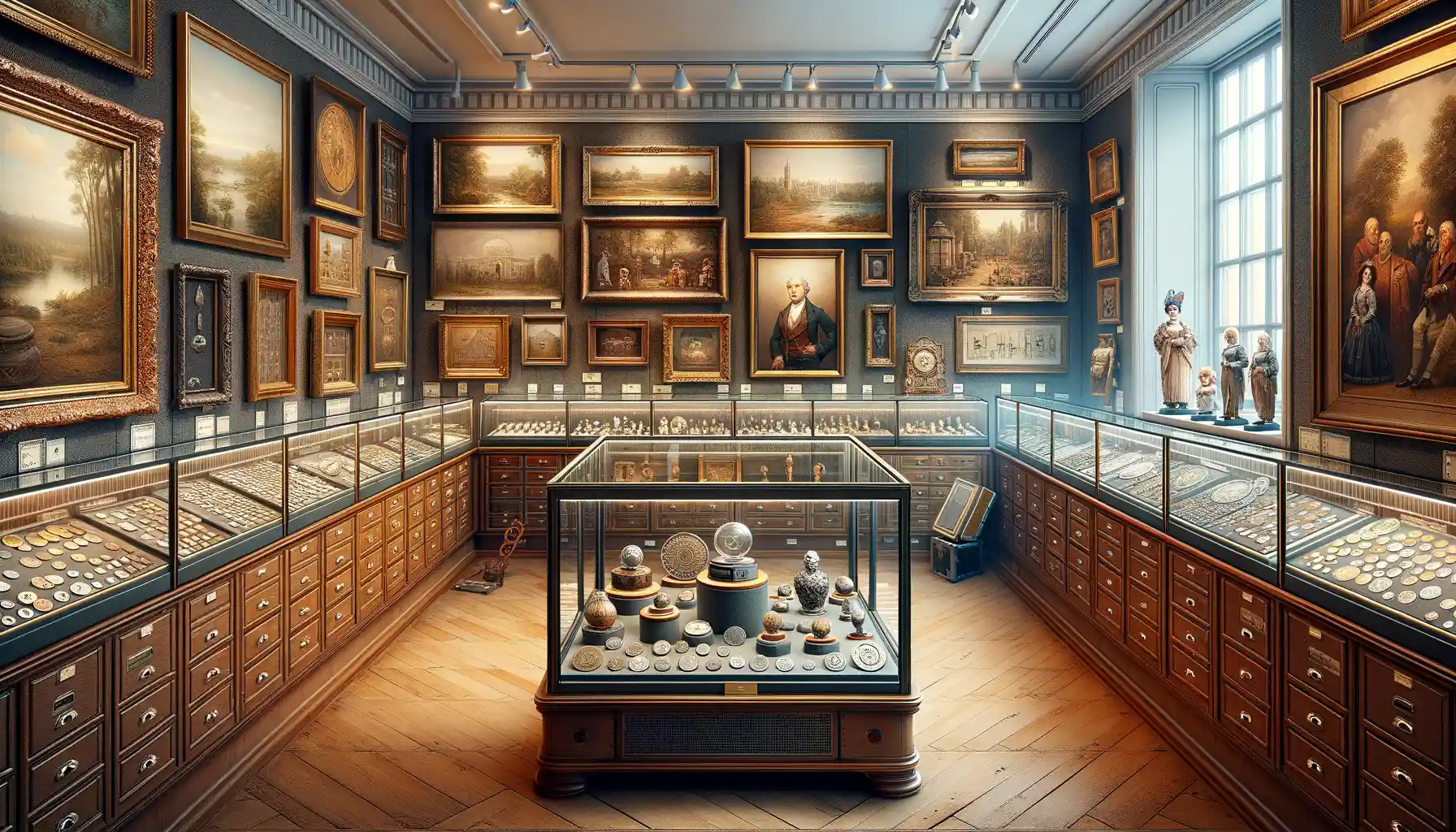
The Art of Protecting Your Precious Notes
Think of your paper money collection as a time capsule—fragile, valuable, and oh-so-irreplaceable. To keep it safe, you’ll need the right kind of armor. First and foremost, invest in acid-free sleeves or albums. Why? Because standard plastics can leach chemicals over time, turning your prized pieces into a faded memory. Opt for archival-grade materials that won’t betray your treasures.
Humidity is the silent enemy here, so store your notes in a cool, dry place—think grandma’s attic without the cobwebs. Extreme temperatures are a no-go too; consistency is king. And if you’re using a display case, choose one with UV-protected glass. Sunlight might be great for your plants, but it’s kryptonite for paper currency.
- Avoid excessive handling—oils from your hands can cause irreparable stains.
- Never fold or paperclip notes, even for “just a minute.” Every crease tells a sad story.
Showcasing Stories, Not Just Paper
Displaying your collection is about more than aesthetics; it’s storytelling in motion. Choose frames or shadow boxes that highlight key elements—like vibrant watermarks or intricate engravings. Use contrast to your advantage: a dark velvet backdrop can make the bright colors of a note dance.
And here’s a pro tip: rotate your display items every few months. This keeps things fresh for you and reduces prolonged exposure for your collection. A well-displayed note isn’t just decoration—it’s an invitation to dive into history. Let it shine, thoughtfully and securely.

